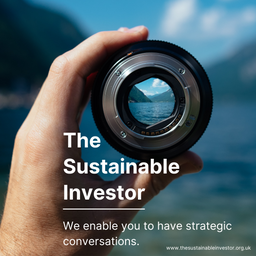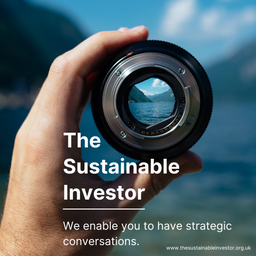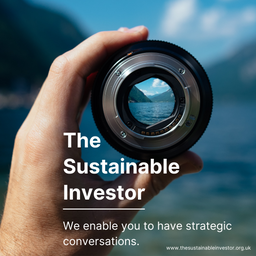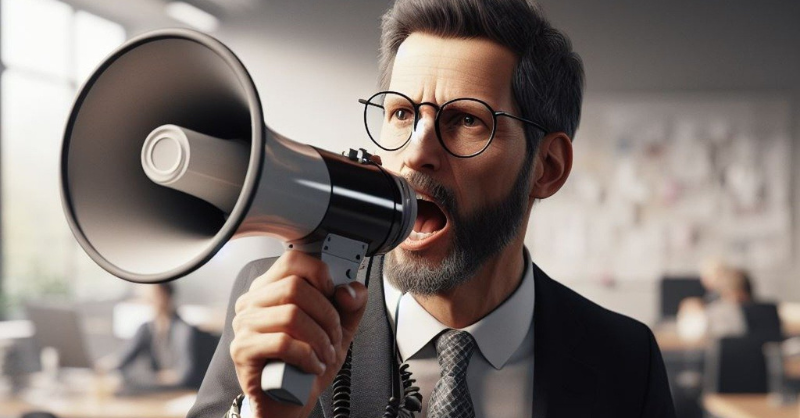
Sunday Brunch: clean electricity is possible, but politically tough
A clean, low carbon electricity grid is possible. And while the task of adding all of the renewables, batteries etc is challenging, the big barrier is political will and regulatory frameworks. Lets not pretend the route will be easy.
I don't know about you, but I read a lot of reports that say that having a low carbon electricity grid is possible and cost effective, and then some more that say that it's not, and if it happens our cost of electricity will rocket and blackouts will become common.
My angle here isn't which argument is right, although I tend to believe the former (it's possible) group is more likely to be right in the end. What I care more about is what needs to change before we can expect investors to be involved at the scale we need.
Just as an aside, my sense is that neither side is really listening to the other - hence the man with the megaphone image. The sceptics have some good points, but I think they often tend to overemphasise the barriers.
The answer to the question 'what needs to change' is pretty simple. It's political and regulatory clarity and action. And I don't mean nice words and targets. I mean concrete actions including on the politically difficult choices, like putting new power lines across the countryside and fairly quickly. Investors hate too much uncertainty, and they especially hate government policy that changes direction every time there is a new minister.
The good news is that we already have most of the technologies we need. And we have growing pools of investors who understand the opportunities and want to invest in the industry. Yes, we are currently not rolling the solutions out fast enough. But progress is being made.
And if Texas can do it, surely Europe and the UK can as well.
These points all came to mind as I read through the recent report from NESO (the UK National Energy System Operator) entitled Advice for achieving clean power for Great Britain by 2030. It made pretty much the same points as we have been arguing for a while. A greener electricity grid is both desirable and possible.
Plus, we will need some fossil fuels in the generation mix for at least the next decade and probably longer. And, we need politicians to make decisions and stick with them, even when the heat comes on.
And we don't have all of the answers, not yet, at least not at scale and in an integrated way. But that shouldn't stop us trying. Because the problems do not seem to be insurmountable, especially if our mid term aim is a lot more low carbon electricity, rather than 100% renewables.
NESO's advice on achieving clean power for Great Britain by 2030
Let's start with the good news. It's a comprehensive report, especially if you read it in association with the detailed work set out in the various Annex's. And, it's important to flag that for all sorts of reasons they see the UK as needing a lot of offshore wind. This is not going to be a solar led transition, although it has an important part to play.

Much of what they say we need to do involves already proven and well established technologies. With one exception, which is worth flagging.
Somewhere in the next decade they argue we need to deliver some form of first of a kind clean dispatchable technology, such as carbon capture and storage or hydrogen to power. And to decipher the phrase 'first of a kind", this will be a new, largely unproven step into the dark.
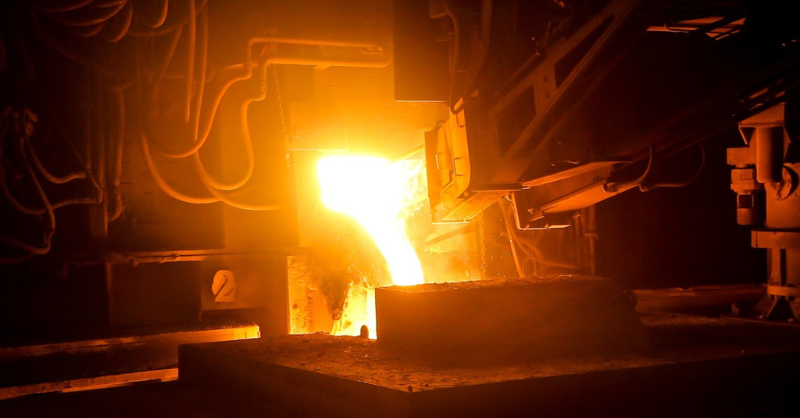
And, they argue that if the government delivers on the advice, then the UK will be close to having a green electricity network sometime in the early 2030's (they actually say by 2030, but they seem to say it will a degree of scepticism).
There was a bit for both sides in the will it/wouldn't it work argument.
On one hand they said that "it is possible to build, connect and operate a clean power system for Great Britain by 2030, while maintaining security of supply."
But on the other hand, they went on to say that for this to happen "several elements must deliver at the limit of what is feasible: a key challenge will be making sure all deliver simultaneously".
In other words, yes we can do it, but we really need (politically and socially) to want to. And this commitment currently seems to be lukewarm at best.
And what about cost?
I can do no better than quote the report ...
A crucial determinant of overall costs will be the impact of the Government’s new approach to clean power. If it can provide greater visibility and greater confidence while unblocking barriers and easing delivery, there may be opportunities for costs to fall. Conversely, if supply chains become excessively stretched, costs could escalate.
Taking a neutral view over these effects, our analysis shows that overall cost to consumers would not increase as a result of the move to a clean power system.
Other factors will also impact electricity bills to 2030, including a reduction in legacy policy costs (as contracts expire) and energy efficiency improvements.
In other words, there are routes to costs getting lower or staying the same.
A long shopping list - but nothing happens without political/regulatory support.
Before we get there the shopping list of things that need to be done is long.
Everything from contracting as much offshore wind capacity in the coming one to two years as in the last six combined. And build all planned transmission network on time, which involves twice as much in the next five years as was built in total over the last decade.
Plus, perhaps more importantly, reform connection processes in 2025 to align with the clean power goal and future strategic plans, and at the same time reform planning and consenting processes and improve community engagement. Plus use the regulatory frameworks to unlock demand flexibility markets.
And on the easier side of the ledger, we need battery storage capacity to increase from around 5 GW in 2023 to between 23 and 27 GW in 2030. Why is this easier? Because the technology is advancing rapidly, and it's modular, with a relatively short lead time between the order and commissioning.
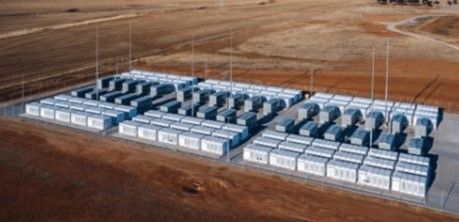
The long shopping list goes part of the way to explaining why the shift to a clean electricity grid in the UK is not happening as fast as many would like. There is much to celebrate, including the end of coal, but we are only halfway up the hill, we are nowhere near the top. We have done the easy bit, now the really hard work starts.
It's easy to criticise the electricity utilities for not moving fast enough. But, they can only move as fast and as far as the government and regulators let them. Plus, they are very aware that if the 'lights go out' too many times, it will be them that the politicians will blame. So being cautious makes sense.
The ball is now very much back in the government's court. Are they prepared to 'walk the general population through why this has to happen'. Or will they take fright and delay every time they hit opposition.
One last thought
In all of this we should never forget the importance of energy security. In the long run switching to low carbon electricity, combined with a massive electrification programme, will increase the UK's energy security. But electricity utilities and the network operator will not want the lights to go out, or for the cost of electricity to spike (again). Energy security is back in the spotlight.

Please read: important legal stuff.

